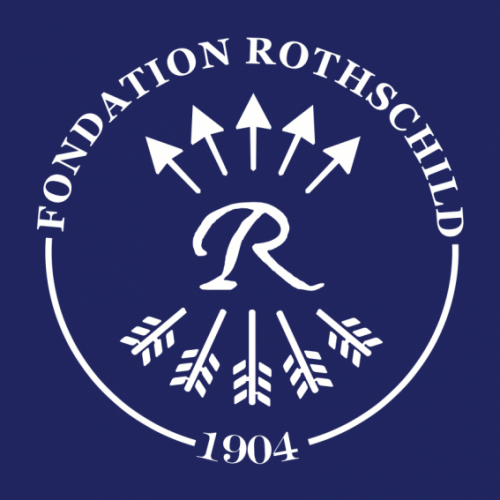What is antisemitism? This is a question that never stops coming up. Every generation asks it again. Whether a description or a position is considered as such is always a matter of context, as Philippe Zard reminds us in connection with the reissue of Georges Clémenceau’s Au pied du Sinaï (1898) published in France by Editions de l’Antilope, for which he wrote a preface. We are publishing the long version of this preface this week. He explains us how, at the end of the 19th century, it was possible to ardently embrace the cause of Captain Dreyfus while at the same time harboring strong anti-Semitic prejudices when it came to the Jews of Eastern Europe. This astonishing ambivalence has to do with the difficult management of the inherent contradictions of political modernity. The anti-Semitic motive could support a plea for the emancipation of the Jews, or it could question the persistence of the Jews, when nothing seemed to justify their continued existence.
The famous American historian David Nirenberg, whose work has renewed the approach to anti-Judaism, also hesitated, maintaining at first that the forms of hostility towards Jews varied according to place, time and circumstances, each time assuming a singular face. Then he changed his perspective. In his masterpiece Anti-Judaism, The Western Tradition (2003), which David Haziza is interviewing this week, Nirenberg argues that anti-Judaism structures the thought of the Christian West, in such a way that its infinite variations are manifestations of a single phenomenon, as many replicas of the same pattern.
If anti-Judaism occupies this structuring function, it may be conjectured that the question of what anti-Semitism is is inevitably condemned to reappear, from generation to generation. Except perhaps for the Jews of the cosmos, but this exception is a fiction; a fiction by André Benhaïm which closes our issue this week.









